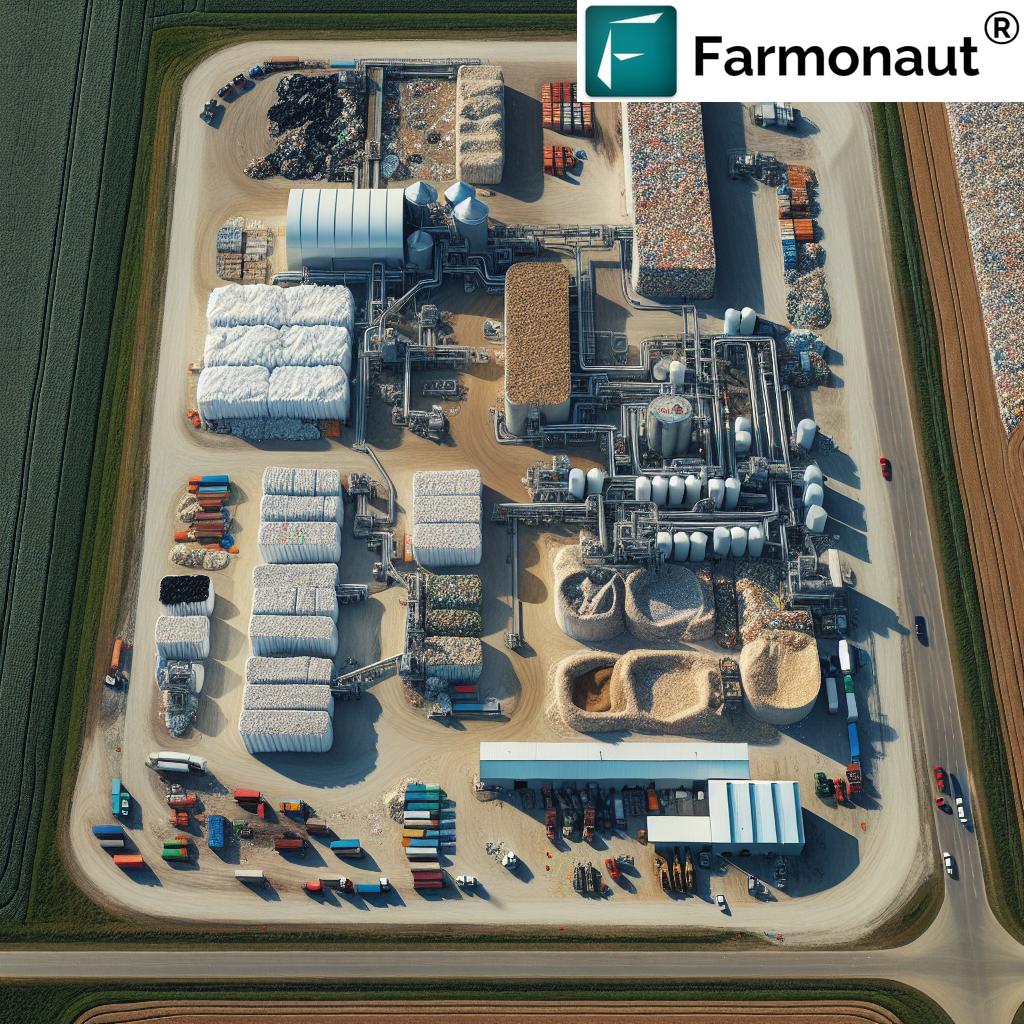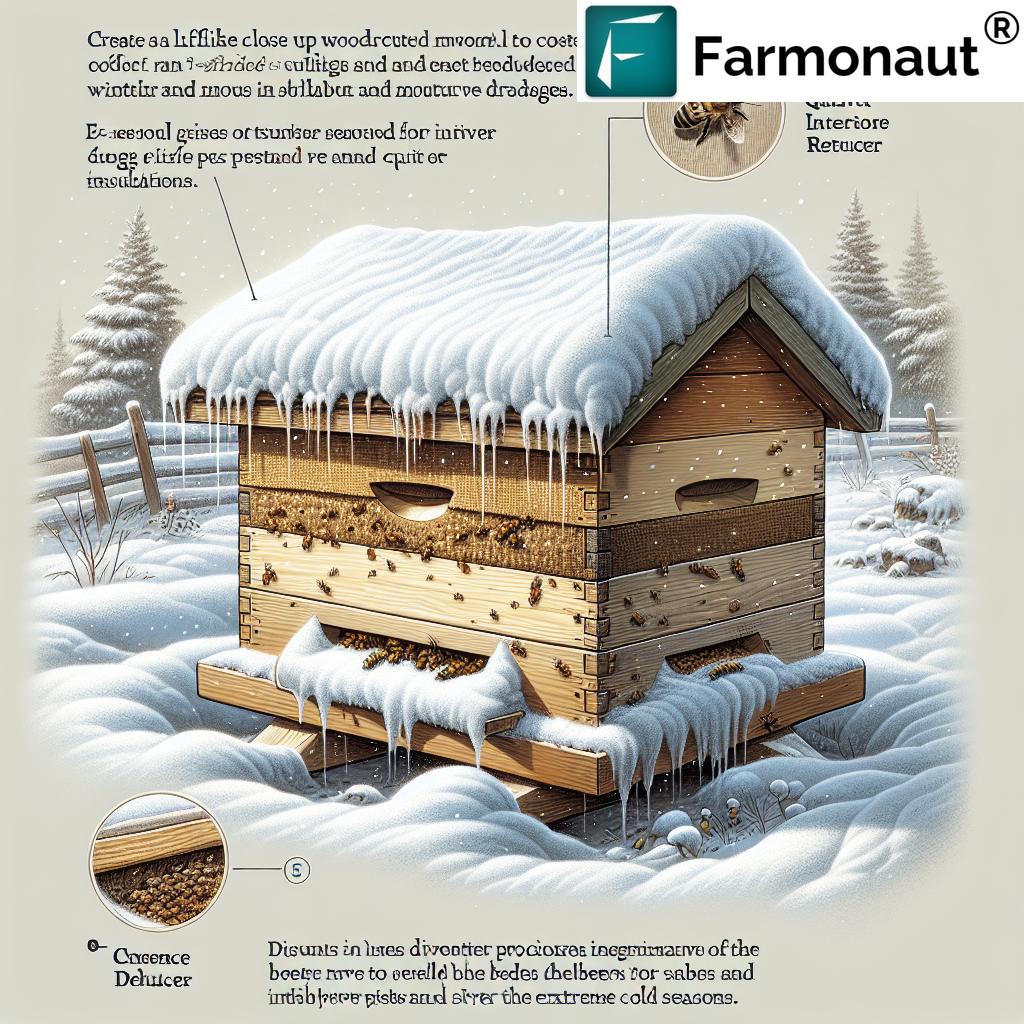St Lawrence & New West Farmers Market: Top 5 Ways 2026
Introduction: Farmers Markets as Vital Hubs in 2026
Farmers markets have evolved into vital hubs within agricultural communities, offering much more than fresh produce. By 2026, celebrated venues like the St Lawrence Farmers Market in Kingston, Ontario, the Lawrenceville Farmers Market in Atlanta, the New West Farmers Market in New Westminster, BC, and the Ponce City Farmers Market in Atlanta have become pillars supporting sustainable farming and local economies. These markets not only provide a trusted venue to buy fresh, organic products but also directly connect producers and consumers, creating stronger, more resilient communities.
In this comprehensive guide, we explore the Top 5 Ways that leading markets like St Lawrence Farmers Market and New West Farmers Market continue to support sustainable communities in 2026 and beyond. From sustainability initiatives to digital innovations and local culture, we cover everything you need to understand these modern hubs’ critical role within changing food systems.
“St Lawrence Market features over 120 local vendors, supporting more than 1,500 regional farm jobs each season.”
How Farmers Markets Drive Sustainable Communities
With growing environmental awareness and the urgent need for sustainable agriculture, farmers markets provide a unique solution by creating direct links between producers and consumers. This approach eliminates intermediaries, offering better margins for growers and enabling them to respond directly to market demand. Unlike large retail chains, these markets encourage diversified farming and organic practices, supporting a wide array of crops, fruits, vegetables, and herbs that are often cultivated using environmentally friendly methods.
- Direct-to-consumer sales = Higher profits and fresher produce.
- Diversified cropping empowers growers to experiment with niche varieties and heritage produce.
- Local food systems reduce carbon footprint by minimizing food miles.
- Markets serve as essential community centers and educational venues.
Indoor farmers markets have further extended access to fresh produce—especially in regions like New West and Lawrenceville where fluctuating climates could otherwise limit availability during winter months.
Top 5 Ways St Lawrence & New West Farmers Markets Support Sustainable Communities (2026)
The table below compares how two of North America’s most influential markets—St Lawrence Farmers Market (Kingston, ON) and New West Farmers Market (New Westminster, BC)—support local economies and environmental stewardship through best-in-class practices in 2026.
| Sustainable Practice / Initiative | Estimated Impact (2026) | Environmental Benefit | Community Advantage |
|---|---|---|---|
| Local Sourcing Commitment | St Lawrence: 75% New West: 72% of all products sourced locally |
Reduces food miles, decreases sector footprint and supports sustainable food systems | Keeps money within the community, supports local farms, improves food security |
| Waste Reduction Programs | St Lawrence: 35% New West: 40% reduction in landfill waste |
Diverts organics, packaging, and food scraps from landfill | Promotes community composting and green initiatives |
| Organic & Diversified Produce | St Lawrence: Organic share up 38% New West: Up 41% since 2022 |
Boosts soil health, biodiversity, and sustainable agriculture | Expands fresh food options and consumer health choices |
| Community Education | St Lawrence: 300+ annual events New West: 230+ workshops & demos |
Raises awareness for sustainable farming practices, food systems, and nutrition | Strengthens local knowledge, fosters youth engagement and skills training |
| Support for Local Farmers | St Lawrence: Revenue up 25% New West: 21% increase in farmer profit |
Incentivizes environmentally friendly practices and small farm resilience | Creates and sustains local jobs, strengthens rural-urban ties |
“Markets like New West increase access to organic produce by 40% compared to conventional supermarkets in urban areas.”
Direct-to-Consumer Economics: Sustainability & Beyond
One of the largest strengths of markets like St Lawrence Farmers Market, Lawrenceville Farmers Market, and New West Farmers Market is the direct-to-consumer model. This structure has become increasingly vital within agricultural communities, especially as food supply chains face challenges from climate, economic, and logistical pressures in 2026.
Key Benefits of the Direct Model
- Eliminates many intermediaries, allowing farmers to achieve better margins on their crops
- Growers often bring a wide array of vegetables, fruits, herbs, and flowers—including niche and heritage varieties
- Empowers agricultural producers to experiment and respond to immediate demand, boosting both economic resilience and crop diversity
- Improves customer relationships and loyalty due to direct, face-to-face interactions
In 2026, these markets continue to play a critical role in supporting farming families, creating jobs, and keeping food revenue localized. According to recent studies, local farmers’ revenue is estimated to grow by up to 25% for those actively participating in premium urban markets like St. Lawrence.
Market days have evolved to include not just food sales, but also chef presentations, nutrition workshops, and product traceability features, empowering consumers to deeply understand their food systems.
The Rise and Significance of the Indoor Farmers Market
The significance of indoor markets has rapidly increased, particularly in regions with fluctuating climates like the Canadian west coast and Southern US. As seen in places such as New West Farmers Market (New Westminster) and Lawrenceville Farmers Market (Atlanta), indoor farmers markets offer several distinct advantages that are transforming how food is sourced and distributed in 2026:
- Provide a consistent, weatherproof selling environment for year-round produce sales
- Extend the market season, enable steady cash flow, and smooth out the unpredictability of outdoor conditions
- Bolster the economic resilience of smaller farms by creating more sales opportunities, even in winter when availability can be curtailed
- Reduce food miles and sector footprint by connecting local suppliers with urban communities, decreasing the reliance on trucking and international imports
- Support higher standards of food safety and traceability
As demand for local food and specialty products grows, indoor market infrastructures are now receiving increased public investment and technological upgrades such as inventory tracking, digital payments, and improved refrigeration.
The Role of Feed & Supply Stores in Agricultural Sustainability
While farmers markets directly support producers and their communities, farm supply stores like Lawrence Feed and Farm Supply play an integral role in the background. Their offerings in 2026 have expanded to emphasize not just essential inputs, but sustainability and innovation:
- Essential supplies such as seedlings, fertilizers, pest control, and animal feed—with an emphasis on biodegradable and organic product lines tailored to local soil conditions
- Sustainable amendments and crop protection solutions aligned with the latest environmentally friendly practices
- Information centers for farmers, from advice on soil amendments to using IoT-based soil sensors and precision irrigation systems
- Education on supply chain traceability and responsible resource management for crops, livestock, and inputs
As communities demand greater transparency and sustainability in their food supply, the function of feed and farm supply stores becomes increasingly important for closing the gap between innovative research and practical, on-farm adoption.
For those interested in tracking sustainability metrics—like carbon footprinting for their farm operations—we recommend learning about our advanced Carbon Footprinting Tools which help farmers, markets, and local communities monitor and mitigate environmental impact using state-of-the-art satellite data.
Farmers Markets as Community and Cultural Anchors
Markets like the Ponce City Farmers Market in Atlanta and St Lawrence Farmers Market in Kingston have become so much more than places to buy food. They now serve as cultural hubs—bringing together diverse communities, incubating local small businesses, and offering educational events that foster environmental awareness and healthy eating.
Unique Features That Define Market Culture in 2026:
- On-site cooking demos and nutrition workshops delivered by local chefs and dietitians
- Farmer Q&A sessions that help consumers understand food origins and growing practices
- Classes on regenerative agriculture, organic gardening, and composting for all ages
- Celebration of heritage produce varieties, niche crops, and indigenous farming traditions
- Direct connection between urban customers and rural producers, building loyalty and trust
The Ponce City and New West Farmers Markets host annual Sustainability Fairs—not only promoting direct sales but providing community educational value on the importance of soil health, local food systems, and climate-resilient farming.
To further reinforce transparency and trust in local supply chains and farmers markets, our Product Traceability Solutions enable producers to provide verifiable information about the origin, journey, and sustainability of their offerings, serving both market organizers and customers.
Agroforestry, Food Systems & Reducing Carbon Footprints
Modern farmers markets like St Lawrence, New West, and Lawrenceville support sustainable land use not only by marketing organic vegetables, but also through the promotion of diversified agroforestry systems. This includes sales of mushrooms, nuts, wild berries, and medicinal plants cultivated under tree canopies—farming techniques that preserve biodiversity and enhance carbon sequestration.
- Agroforestry systems incentivize the maintenance of tree cover, improving carbon capture and soil health
- Sales of specialty products (e.g., forest-grown shiitake, edible native plants) at markets support smaller farms and diversified rural incomes
- End customers are willing to pay a premium for authentic, traceable, and low-carbon products
Forward-looking markets also encourage the use of biodegradable packaging, reusable shopping bags, and stringent food waste reduction initiatives to further lower their environmental footprint.
For farmers and market leaders determined to track, demonstrate, and market sustainability outcomes, carbon footprinting resources are increasingly important in 2026.
Digital Innovations Shaping Farmers Markets in 2026
By 2026, digitalization continues to transform market dynamics:
- Online pre-orders and real-time inventory apps for fresh produce
- Contactless payments and mobile POS systems streamline the shopping experience
- Farmers can instantly communicate product availability or experiment with heritage varieties as consumer interests shift
- Market operators monitor trends to optimize space use, season planning, and minimize supply chain waste
However, while advanced tech is making operations smoother and more resilient, the core value of these markets remains in-person community connection and relationship-building between farmers and buyers.
Farmonaut’s Role in Supporting Sustainable Agriculture & Markets
As a leading provider of satellite and AI-driven solutions for agriculture, we at Farmonaut are committed to empowering markets, farmers, and supply centers to make more informed and sustainable decisions.
Our platform provides pocket-friendly access to:
- Satellite-based crop and soil monitoring: Real-time insights on vegetation health, soil moisture, and field productivity allow farmers and market managers to optimize practices and reduce waste.
- AI-driven advisory tools (like Jeevn AI): Customized recommendations on weather, irrigation, and input usage, supporting resilience and best practices for diversified farms and markets.
- Blockchain-based traceability: Track the journey of products from farm to market to improve consumer confidence and supply chain transparency. (Learn more about our Product Traceability Tools).
- Environmental impact monitoring: Quantify carbon footprint, resource use, and implement sustainable practices—helpful for grant eligibility or CSA certifications. (Discover Carbon Footprinting Tools).
- Fleet and resource management: For logistics efficiency, our platform helps optimize transport, input delivery, and reduces unnecessary miles. (Explore Fleet Management Options).
- Crop loan and insurance verification: Satellite data aids financial institutions in making smarter lending and insurance decisions—critical for farmers in Lawrenceville or Kingston facing climate unpredictability. (See how Crop Loan & Insurance Verification works).
We offer all of these through web, mobile, and via API integration—enabling seamless modernization of farmers markets and farm supply centers.
- Access our Satellite Data API for developers who wish to integrate spatial intelligence into their platforms.
- Read the API Developer Documentation to learn more about API integration and custom solutions.
For large, multi-farm operations and cooperative market organizers, our platform is scalable—see more about our Agro-Admin App for Large Scale Farm Management.
Frequently Asked Questions (FAQ) on St Lawrence & New West Farmers Markets and Sustainable Communities
1. What makes the St Lawrence Farmers Market in Kingston, ON, unique in 2026?
St Lawrence Farmers Market is celebrated for its century-old tradition, featuring over 120 local vendors, supporting 1,500+ regional farm jobs each season. With a strong commitment to local sourcing (75%) and organic produce, it stands as a leading example of how markets can drive both economic and environmental sustainability in urban food systems.
2. How do New West and other indoor farmers markets benefit farmers and consumers?
New West Farmers Market increases local access to organic products by up to 40%, especially versus major supermarkets. Indoor markets provide weatherproof, year-round sales environments, improving income stability for farmers and broadening the seasonal availability of fresh foods for urban communities. Indoor markets also help reduce food miles and enhance food safety.
3. Why are feed and farm supply stores like Lawrence Feed and Farm Supply considered integral to local economies?
Lawrenceville-based supply centers offer not only essential agricultural inputs but also sustainable advice and technology adoption (biodegradable amendments, soil sensors). Their support allows local farmers to align practices with environmental stewardship—thus serving as backbones of resilient, eco-conscious food systems.
4. What innovations can we expect at farmers markets by 2026?
Expect more digital integrations (online pre-order, app-based transactions), stronger traceability for food products, and enhanced community education initiatives. Season extension, zero-waste programs, and blockchain-verified sustainability outcomes will continue to redefine leading markets.
5. How does Farmonaut support farmers and markets in reaching sustainability goals?
We at Farmonaut provide affordable satellite-based crop monitoring, AI-driven weather/advisory systems, blockchain-based product traceability, and carbon footprinting tools—all accessible via app, API, or web browser. This empowers users to adopt sustainable practices, prove compliance for grants or insurance, and build customer trust.
Conclusion: Securing Resilient Communities for the Future
In 2026 and beyond, markets like St Lawrence, New West, Lawrenceville, and Ponce City are much more than just venues to buy produce. They are epicenters of sustainability, economic vitality, and community well-being. These markets—when complemented by the ongoing innovation in farm supply centers and advanced digital tools—are essential for building resilient food systems that can withstand climate, economic, and societal shifts.
The success of these hubs rests on direct connections between farmers and consumers, community education, diversified and organic farming practices, and real commitment to environmental impact reduction.
If you’re a producer, market manager, community organizer, or conscious consumer, leverage the new technologies, participate in local markets, and support regional supply systems to help create a thriving, healthy, and sustainable future for all.
Ready to join the movement for sustainable, locally-driven food systems? Download the Farmonaut app today or integrate our API for instant access to advanced agricultural insights.














